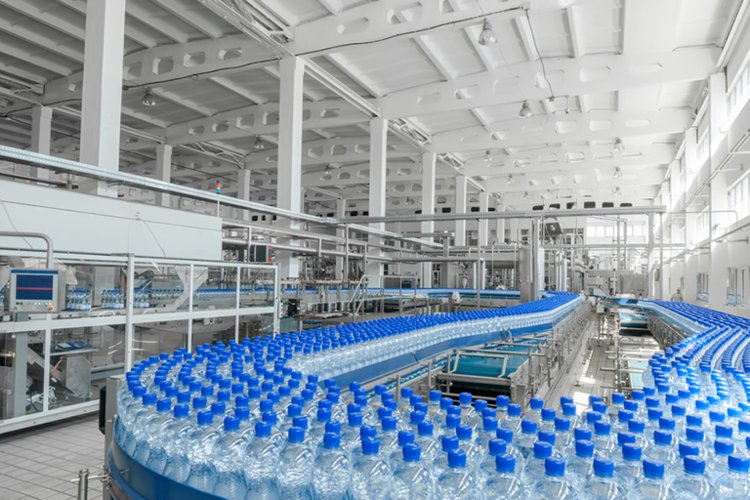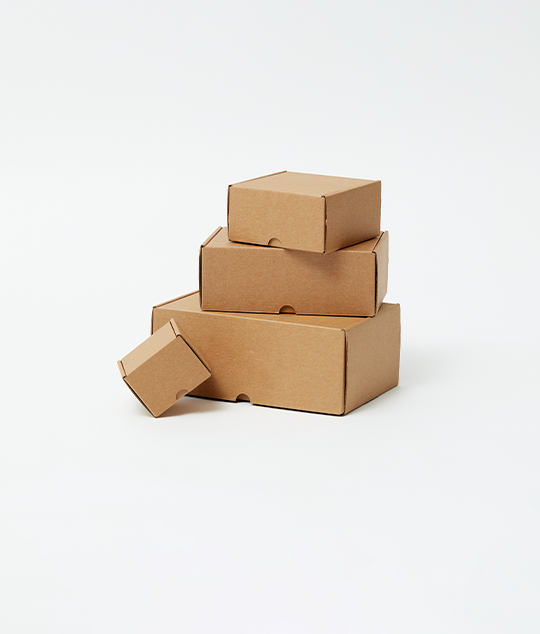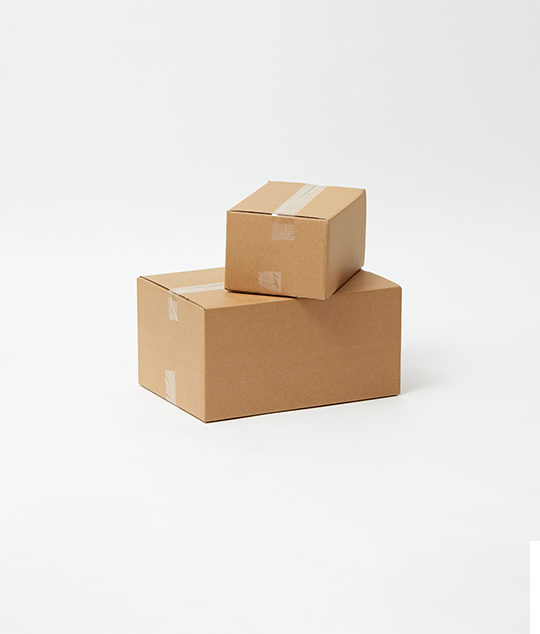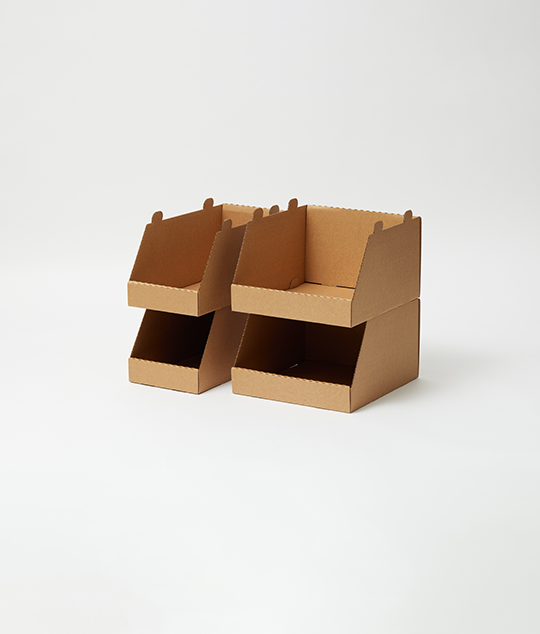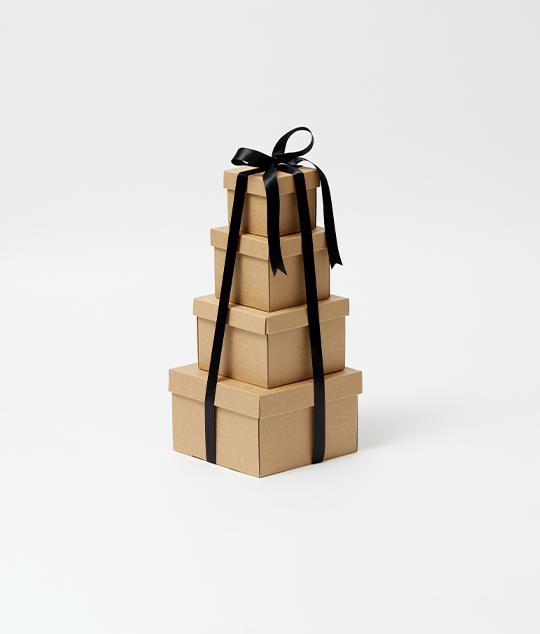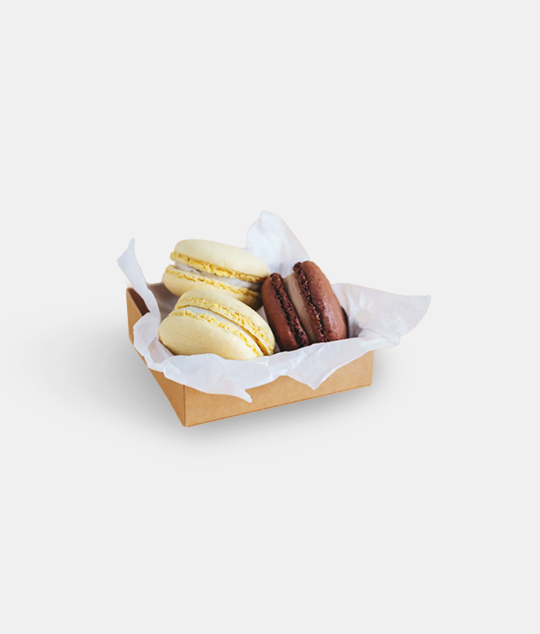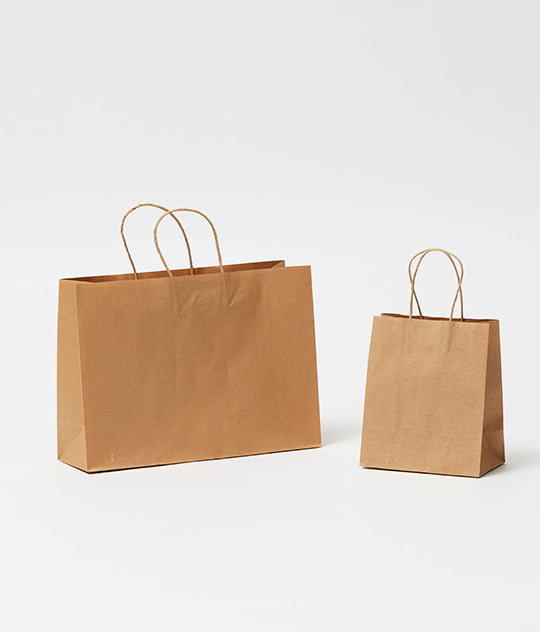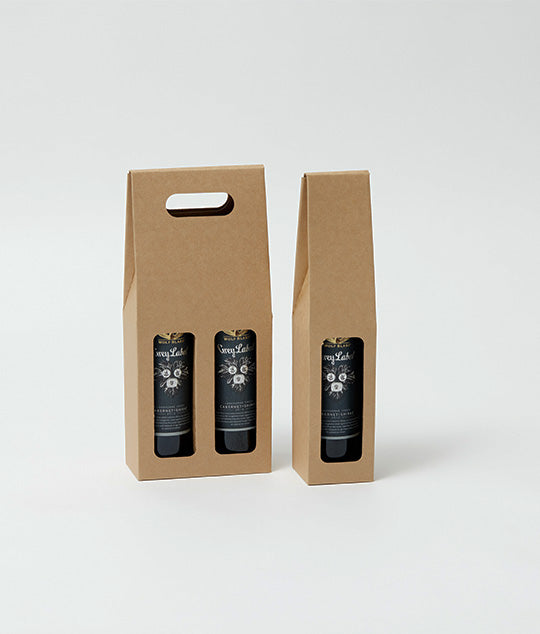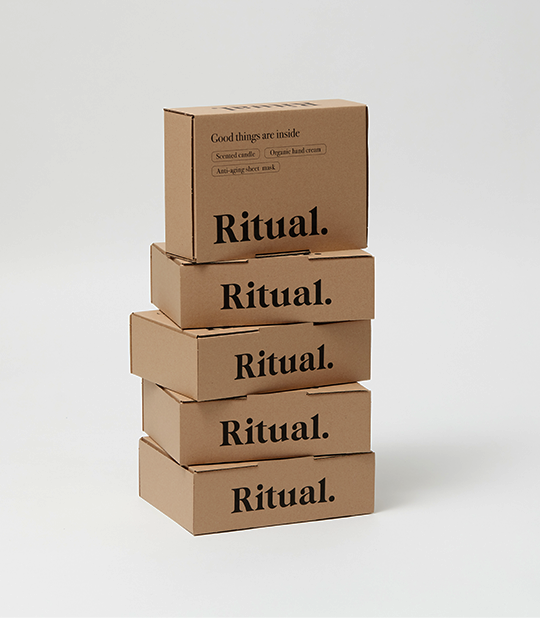
When it comes to the debate between cardboard vs plastic, it might seem that the answer is staring us in the face. Plastics are made from fossil fuels and chemicals, and plastic products will never break down naturally. On the other hand, cardboard products and paper products come from trees, easily break down and are mulched or recycled.
But there's a flaw there, and that's that the production of cardboard and paper products accounts for 55% of all deforestation in the world.
Now, it is definitely true that many private companies have policies that involve them replanting trees for every one that they cut down, and there are many countries that mandate replanting seedlings to replace the fallen trees. But the truth remains that a lot of trees are cut down for the construction of plastic boxes.
So, which is better?
Which is Better at its Job: Cardboard vs Plastic Packaging?
Each side of this argument has a lot going for it. Both cardboard boxes and plastic boxes can carry most anything that you need to carry in them.
Cardboard tends to be a stronger box-if you need it to be. Plastic in packaging doesn't get very thick and so doesn't provide much in the way of structural support. You can certainly find plastic packaging that isn't flimsy, but getting a beefier cardboard box is easier than getting a beefier plastic box. So in the category of strength, the point has to go in the favor of cardboard.
On the flip side, cardboard packaging vs. plastic differ in another way that changes the strength: cardboard can get soggy and soft if the contents of the package are wet or moist. Yes, there are waterproofed cardboards that make boxes less prone to soaking up moisture and losing their rigidity, but a plastic box will never have that problem.
If anything, plastic has the opposite problem of not allowing the product inside to breathe. But you don't ever see the bottom of a plastic box fall out because something in the box has soaked through.
Plastic also has the benefit of being clear, something that is particularly useful in some kinds of packaging where you want to be able to display what is inside, such as bakery items or gifts. Of course, there is always the hybrid box, which combines a paper and cardboard box with a plastic packaging option-a clear window in the box through which you can see the goodies inside.
What is Better as Packaging Material?
One of the most common places to see plastic packaging is not in the box itself-the box may be secondary-but in the product packaging. The bubble wrap, stretch wrap, and all other types of plastic that make protecting fragile things easier. When you're shipping products you can definitely use packing paper, but it is often far easier and more economical to use these bubble-wrap packaging solutions.
Which is Better For the Environment?

We teased at the answer for this at the beginning. Both products have downsides, something that is going to be inevitable in a culture that is as consumer-driven as ours. There will be trees cut down and there will be plastic packaging that winds up in landfills (or, worse, in the oceans, beaches, rivers, and backcountry).
When it comes to carbon footprint, cardboard is a much more sustainable packaging. The processes used to harvest and manufacture wood products use much less energy and give off far fewer byproducts than plastics. And, of course, there's recyclable cardboard (as there is recyclable plastic) which makes both of these packing materials viable-if they're used in the right applications and if the end user is going to do the environmentally friendly thing and recycle them.
PackQueen's Contribution
As part of our commitment to a greener future, we have partnered with One Tree Planted and pledged to planting a tree for every order sold from our website. Deforestation is of growing concern in Australia and planting trees is our way to help combat this issue. Each order sold sold helps to restore our forests and we are proud to be making a difference together with our customers.
Conclusion
Both popular packaging materials, we feel that cardboard has the edge on plastic. If someone chooses not to recycle their packaging, the cardboard will sit in a landfill and begin to biodegrade, while the plastic simply won't. Both products can be recycled (sometimes, depending on the grade of plastic). However, trees are a renewable resource. Through the use of responsible reforestation, they have proven themselves to be the best green packaging material.
View our selection of cardboard boxes and shipping boxes to find the right packing materials you need.
